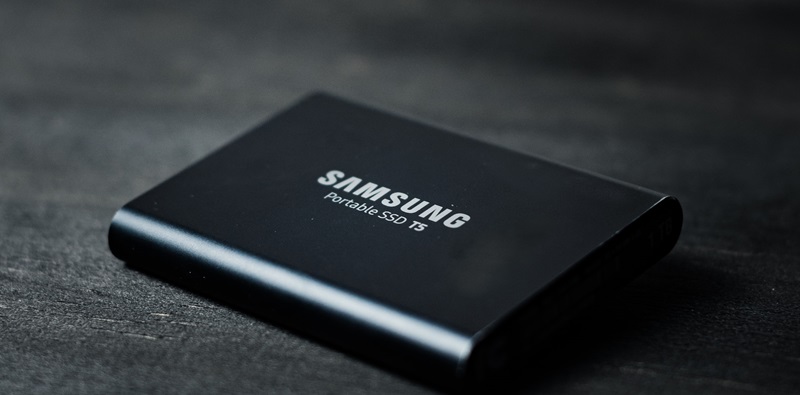Samsung has accidentally given a glimpse into their upcoming solid-state drive (SSD) – the 990 EVO. This inadvertent revelation has stirred up some buzz among tech enthusiasts, as the drive promises compatibility with both older and newer systems by supporting PCIe 4.0 and PCIe 5.0 interfaces.
Compatibility Across Systems
The Samsung 990 EVO takes a unique stance by offering dual compatibility, accommodating systems equipped with both PCIe 4.0 and PCIe 5.0 interfaces. This thoughtful design allows users to make the most of their current hardware, regardless of the interface generation.
Midrange Performance Specs
While the 990 EVO may not boast the high-end specifications found in flagship SSDs, it offers respectable performance. The drive delivers a maximum transfer rate of 5GB/s for sequential reads and 4.2GB/s for sequential writes, providing sufficient speed for most applications and tasks.
Configuration and Bandwidth
To achieve its versatility, the EVO drive combines four PCIe 4.0 lanes and two PCIe 5.0 lanes. Both configurations deliver equal bandwidth, attaining speeds of up to 8GB/s. This configuration ensures smooth data transmission and enables seamless compatibility with systems possessing either interface generation.
Comparison with Dedicated PCIe 4.0 or 5.0 SSDs
The existence of the Samsung 990 EVO raises questions regarding its target audience. With dedicated PCIe 4.0 and 5.0 SSDs already available, one may wonder who would choose this hybrid drive. In terms of raw throughput, a PCIe 4.0 drive theoretically offers speeds of around 7GB/s, while the upcoming PCIe 5.0 drive doubles that to 14GB/s. However, there may be individuals who prioritize future-proofing their storage setup, making the 990 EVO a suitable choice for them.
Future-Proofing with the 990 EVO
While the 990 EVO may not compete with the sheer speed of dedicated PCIe 4.0 or 5.0 drives, it does hold appeal for those seeking longevity. By offering compatibility across both interface generations, this SSD allows users to adapt their storage devices as they upgrade their systems. In a rapidly-evolving technological landscape, the ability to future-proof one’s investment is a crucial consideration for many.
Market Maturity and Limited Support
Currently, PCIe 4.0 technology is fairly mature, and several PCIe 5.0 drives have already hit the market. However, widespread motherboard support for PCIe 5.0 interfaces is still limited. Although this may seem like a deterrent, it signifies the forward-thinking nature of the 990 EVO, anticipating the upcoming integration of PCIe 5.0 interfaces in motherboards and laptops.
Anticipated Expansion into Laptops and Motherboards
While laptops currently lack PCIe 5.0 interfaces, industry insiders expect them to arrive later this year, alongside the release of motherboards that support this interface. The Samsung 990 EVO appears to have positioned itself strategically, aligning with the imminent expansion of PCIe 5.0 compatibility.
The release date, capacities, and prices of the Samsung 990 EVO remain uncertain. However, the presence of a product page indicates that an official launch is likely imminent. Despite being a midrange SSD, its unique appeal lies in bridging the gap between PCIe 4.0 and PCIe 5.0 interfaces, enabling users to future-proof their storage solutions. While some may opt for dedicated PCIe 4.0 or 5.0 drives for maximum performance, individuals seeking longevity and versatility may find the 990 EVO an appealing choice. As the tech world evolves, this upcoming SSD proves to be a thoughtful step towards universal compatibility in the ever-advancing realm of storage technology.

